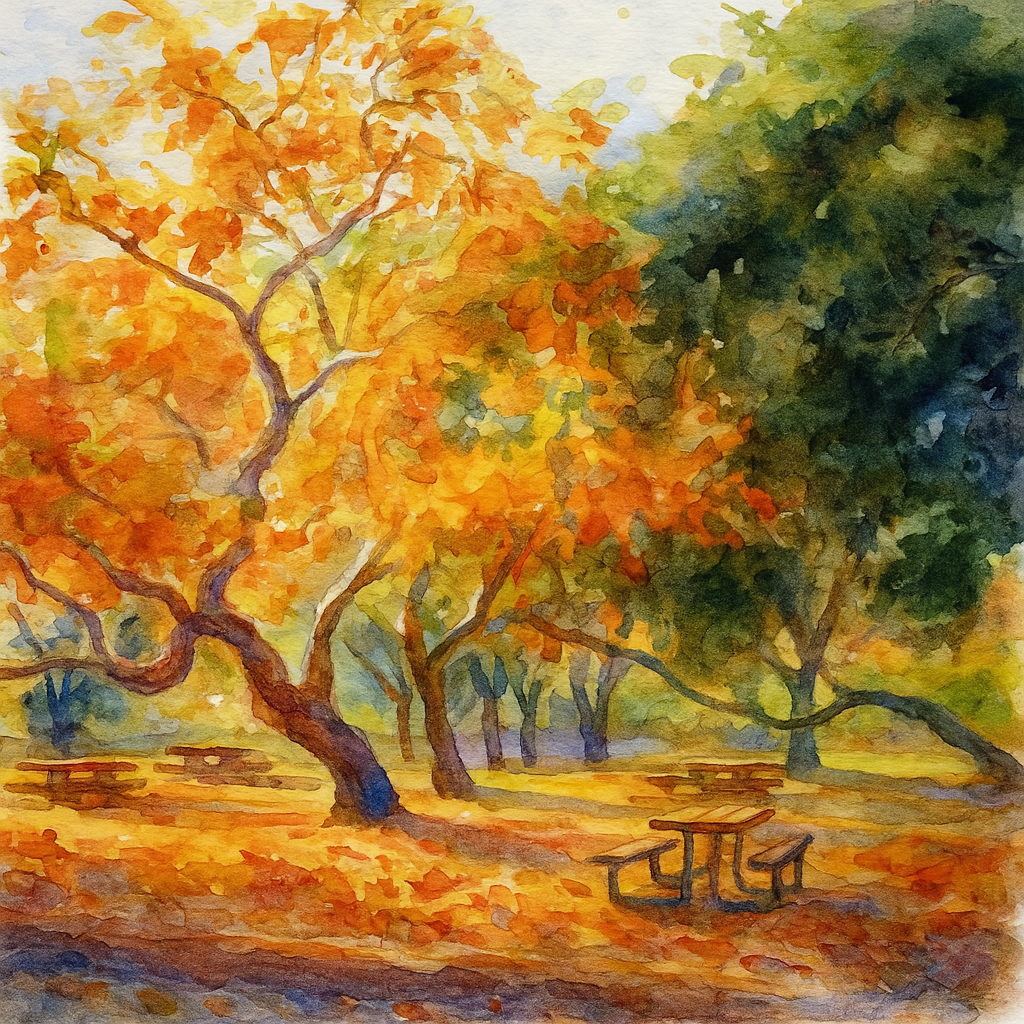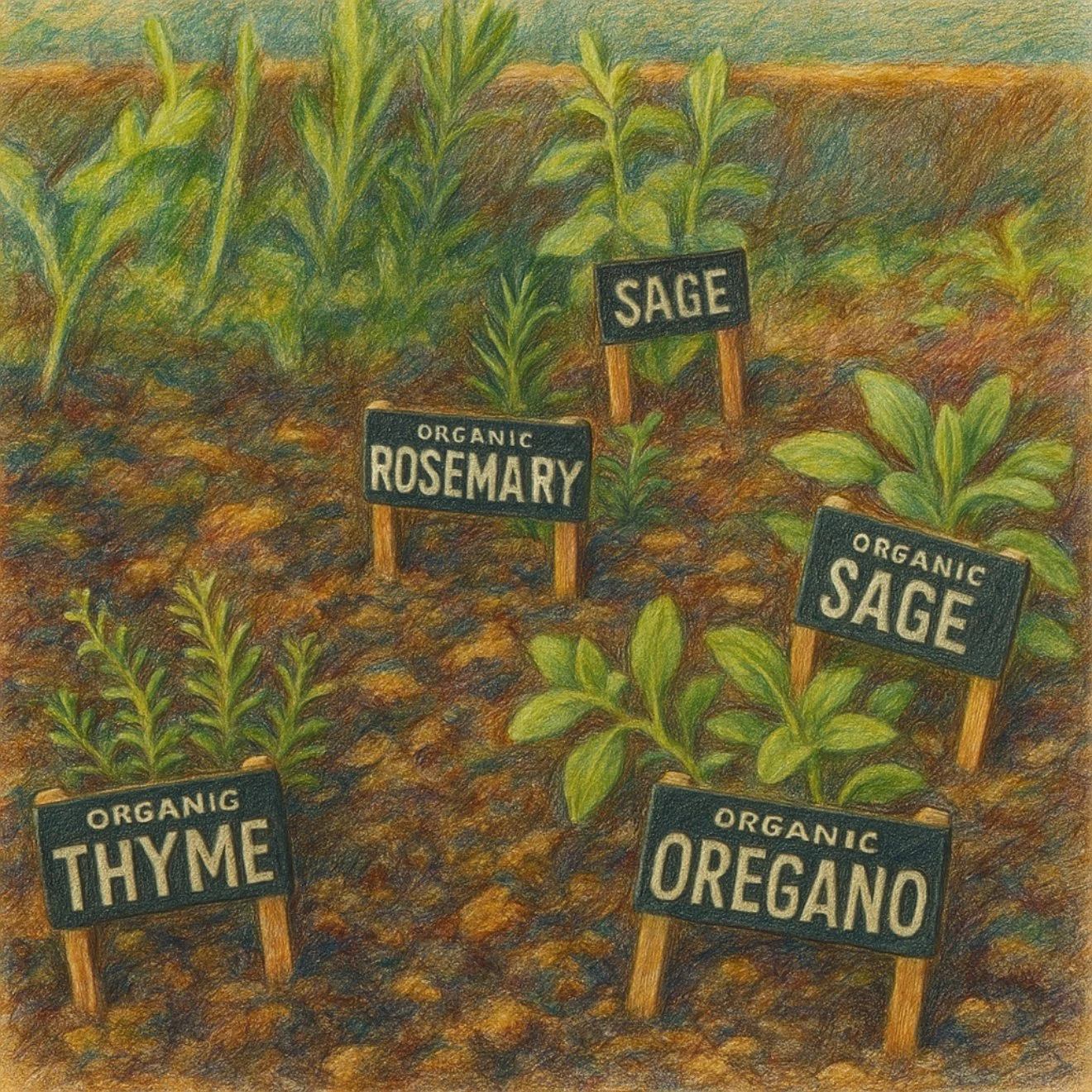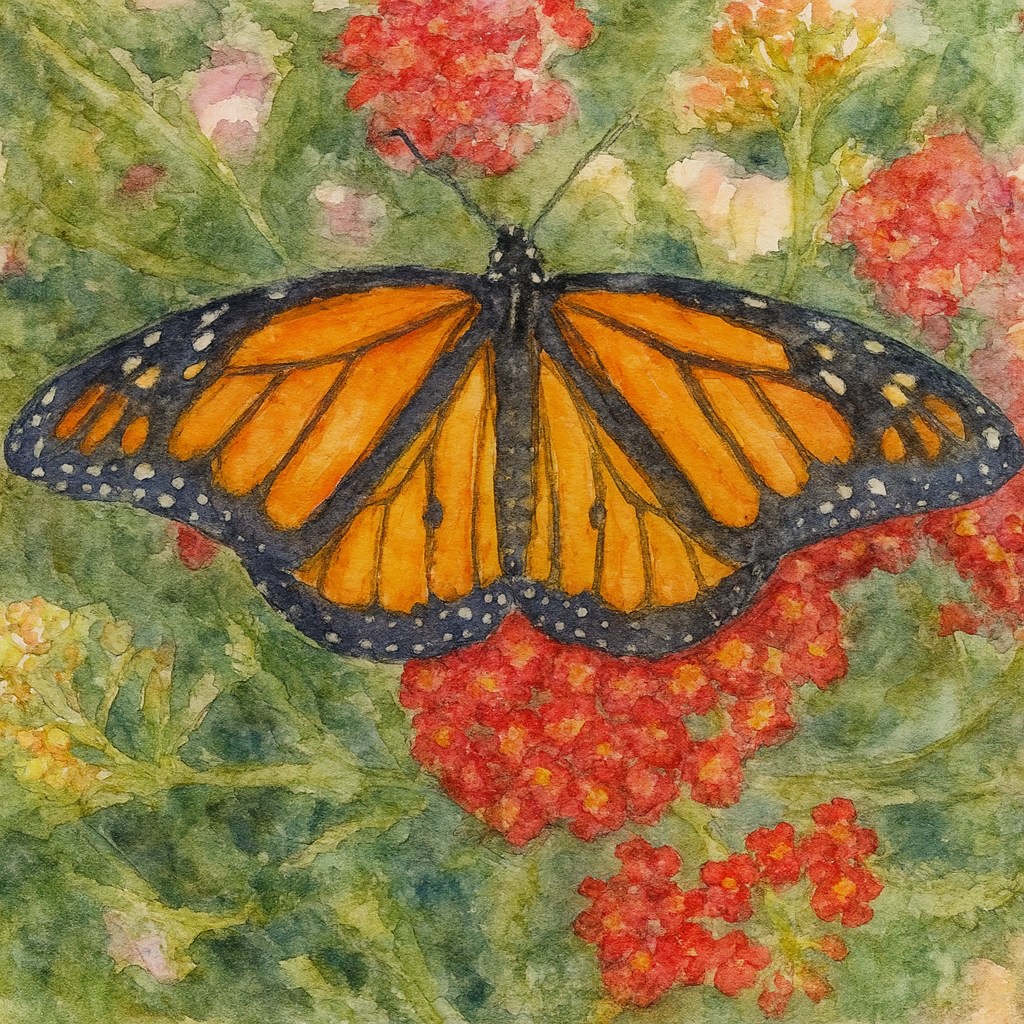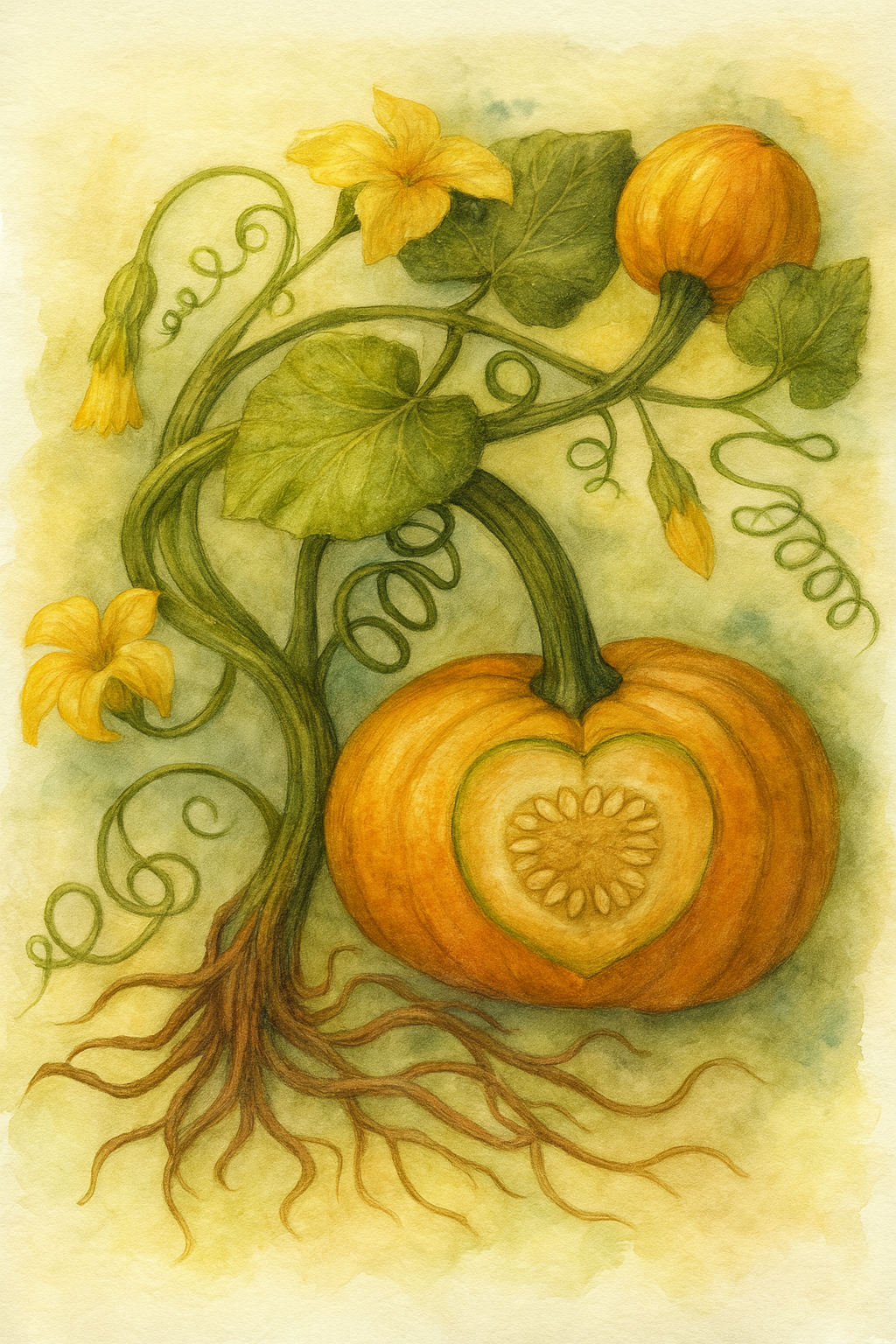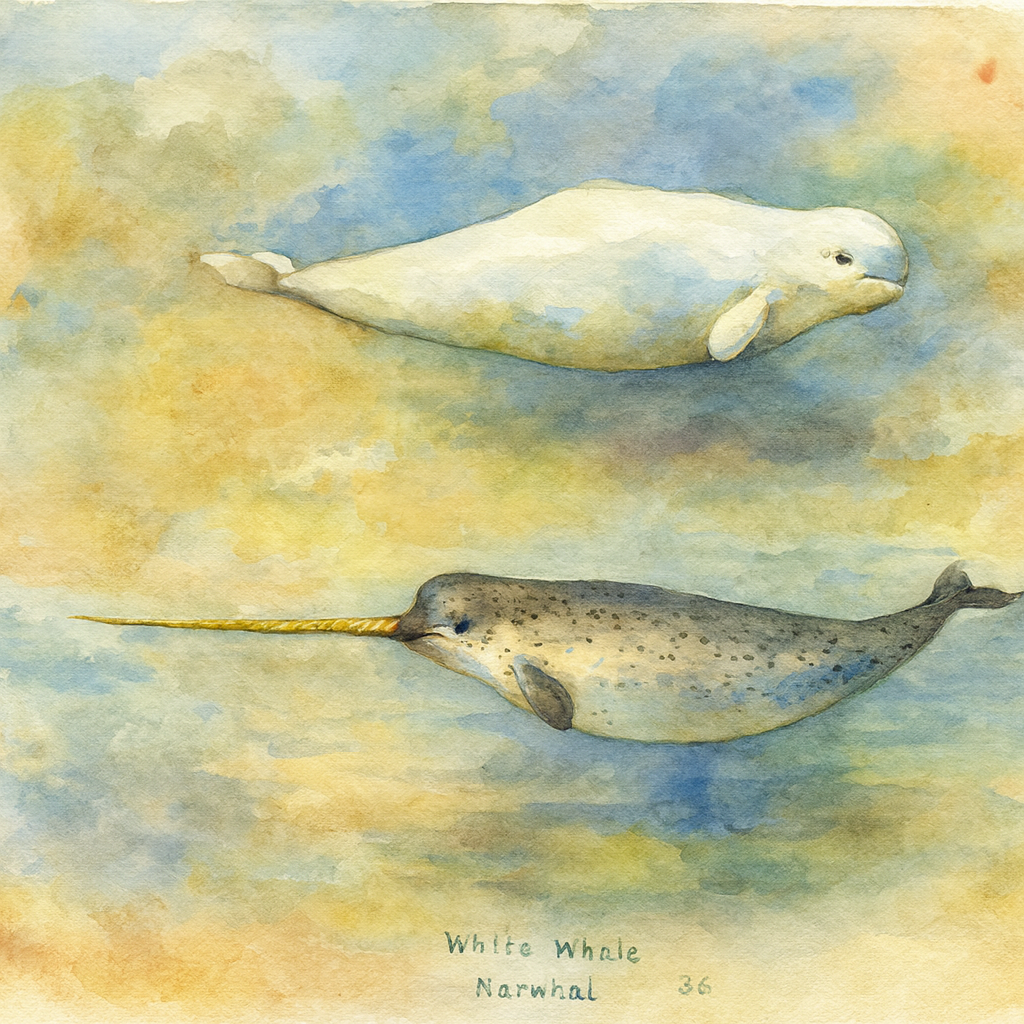
Science
Science | The Waldorf Way
Grades 1-3
In the Waldorf approach, science is introduced gradually, experientially and artistically beginning in Kindergarten. Starting in Grade 1, students build a relationship to the science through nature stories, seasonal rhythms, and hands-on experiences like gardening and farming. The aim is to cultivate wonder and reverence for the natural world.
Grade 4
One of my favorite blocks in all of Waldorf education is the Man and Animal block of Zoology in Grade 4. The first lesson in this science block introduces the human being as a central, upright, conscious being distinct from the animal kingdom. The illustration is simple yet profound. Two arms, two legs, a trunk and a head make up the human form. We see that our legs are used to carry our bodies, our trunk houses are organs and our head houses are brain. But our arms are left free. Unlike other animals, the human being is able to use their arms to do good, to give charity and to better the world around them. This profound spiritual lesson is the most descriptive definition of the human being and enlightened human experience.
Grade 5
In Grades 5, students explore botany always beginning with the whole before moving to the parts. This means that the first lesson in botany is of the complete plant including roots, stem, leaves and reproductive organs and fruit. Following the first lesson, the plant kingdom is explored by looking at the evolution of plants from simple to complex beginning with algae and fungi, moving into horsetail and ferns, then cone bearing trees before finally arriving at flowering fruit bearing plants.
The Botany main lesson block also reflects beauty, harmony, and perfection as students learn about the plant kingdom. As students arrive at bulbs and lilies towards the end of their body made less block, they will once again see how it connects with their geometry studies. Sixth division of the circle is seen in in botany. Other mathematical constants like the Fibonacci sequence or the golden ratio are also highlighted in Botany.
Whereas the Grade 5 curriculum was heavy in history, the Grade 6 curriculum is heavy in the sciences. Botany was the transition science in Grade 5 that bridged the natural sciences to the hard sciences. The students had experienced so far to a gentle awakening of the more structured sciences that were to come. Students will now experience mineralogy, astronomy, and physics, which will reflect the ordered experiences they’ve had in geometry so far and move forward with a deepening understanding of the natural world around them.
Grade 6
Physics is introduced in Grade 6 with optics, thermodynamics, and acoustics, but continues in Grade 7 with electricity and magnetism and in Grade 8 with mechanics. Lessons continue to follow a 2- or 3-day rhythm with demonstrations of the physical phenomenon occurring on the first day but a review and a deepening of the lesson occurs on the second day.
While lessons in anatomy are best followed by lessons and chemistry in Grade 8, lessons in hygiene are introduced in Grade 7 and maybe be introduced in Grade 6 as well. These are important lessons on physiology and nutrition that can help guide the maturing student to make sound decisions for themselves moving forward.
Grade 7
In some schools, chemistry is introduced in Grade 7. Lessons begin with combustion as students observed the transformative power that fire has on matter. The study of metals, acids and bases follow. Reactions and change are observed in chemistry, just as in the students own life.
Physics continues with more complex lessons on thermal dynamics, magnetism, and electricity. Students experience physical law through experiment not through abstraction. They observe the laws of electricity and magnetism through phenomenon observation and demonstration.
Often an astronomy block is covered in Grade 6, but it may be introduced in Grade 7 as well. Astronomy is the geometry of the sky. And having lessons in geometry, prior to astronomy, will help deepen the understanding of Kepler’s three laws of motion.
Grade 8
In Grade 8 physics, students build on their lessons electricity and magnetism from Grade 7 while being introduced to mechanics through experiments, demonstrations and observation of the natural phenomenon. Students are not memorizing scientific facts, but rather are discovering truths through experience and through the natural phenomenon that unfolds through demonstration. The emphasis is on balance, polarity, and transformation; themes that are repeated throughout the curriculum that may the students development.
Chemistry in Grade 8 continues with a study of acids, bases, salts and combustion. Many of these lessons are linked to the industrial revolution once again, providing cohesion between the main lesson blocks. Demonstrations are also performed in chemistry in the same way that they are performed in physics. The phenomenon is observed on the first day of the lesson and the apparatus is immediately put away. The following day, students revisit the demonstration before writing a detailed description in their lab book. One or two official lab reports may be included in the main lesson book, but lab reports are reserved for the high school experience in chemistry and the other sciences.
Whereas the students may have had physiology and nutrition in the previous years, this will be the first year of human anatomy. It’s recommended that the human anatomy main lesson block follows the chemistry main lesson block.
Charlotte Mason & Waldorf
In addition to following the Waldorf pedagogy, we included the Charlotte Mason philosophy as well as other educational philosophies. The inclusion of other educational philosophies showed itself in all subject areas, but in science, it appeared as unit studies. Below you’ll find several several unit studies mixed in with our Waldorf Main Lesson Blocks.
Elementary Science Main Lesson Blocks
-
Seasonal Rhythm Waldorf-Inspired Nature Appreciation
The first science lessons in Grade 1, 2 and 3 in a Waldorf setting are focused on the observable world of the child. Science emerges through nature stories, seasonal rhythms, and hands-on experiences like gardening and farming, cultivating wonder and reverence for the natural world.
-
Charlotte Mason Nature Study
The Charlotte Mason, nature study approach is similar yet subtly different from the Waldorf approach to Nature science in the early grades. The majority of the nature study learning is done through observation by the child. Charlotte Mason saw Nature as a way for children to develop a sense of wonder, reverence and connection to God‘s creation.
-
Gardening
It’s a quintessential rite of passage for a child to tend a garden. Some garden land as large as farmland and others grow an herb garden in jars in the kitchen. Yet others opt for foraging in nature for edible food. However you do it, teaching children where our food comes from is a lesson for life.
-

Bees
Our Bees Unit Study is perfect for Grades 1-4 as it complements the Nature Sciences of the early years. A Unit Study meets the needs of multiple grades in a single unit by using various resources and providing an assortment of projects that children may do at their own level.
-
Butterflies
Unit Studies on plants and animals (or insects) children see often is a great way to introduce a nature science to young elementary students. The study of butterflies delights children and watching them go through their metamorphic process is thrilling.
-

Birds
While, we tend to follow the Waldorf pedagogy, there are times I put together a unit study rather than a Main Lesson Block. A unit study is a concentration on a single subject for a short period of time. This Unit Study on Birds includes hands-on activities and plenty of picture books.
-
Zoology
The Zoology block in Grade 4 in Waldorf schools in unlike a typical zoology class. Instead of the traditional classification of the animals in the Animal Kingdom (which is saved for a bit later), the class begins with the exploration of the human form looking at the head, trunk and limbs. From this point, lessons on animals that exhibit one part of the human form are explored so that the qualities of animals are discovered.
-
Botany
In Grade 5, the study of Botany from the Waldorf pedagogy begins with the smallest of plant cell life: Algae, Fungus, Lichen and moving into more complex plant life like mosses, horsetails and conifers, until concluding with complete flowering, fruit bearing plants. Additional lessons may be explored when learning about monocots and dicots in relation to geography and history making the block diverse and and interdisciplinary.
-

Reptiles
This unit emerged and faded several times over the years before I finally collected our resources to put together a unit study. The projects are drawn from other units as very little was organized specifically for this unit which inspired a unit on Dinosaurs and evolution.
-
Sea Turtles
When doing our Ocean Main Lesson block, we were inspired by the several other topics that would be their own months long unit. Sea Turtles appealed to us as we have visited Hawaii and swam amongst sea turtles. This unit is a mini unit lasting about a week or two. The resources are easily covered in a couple days but the projects take longer.
-
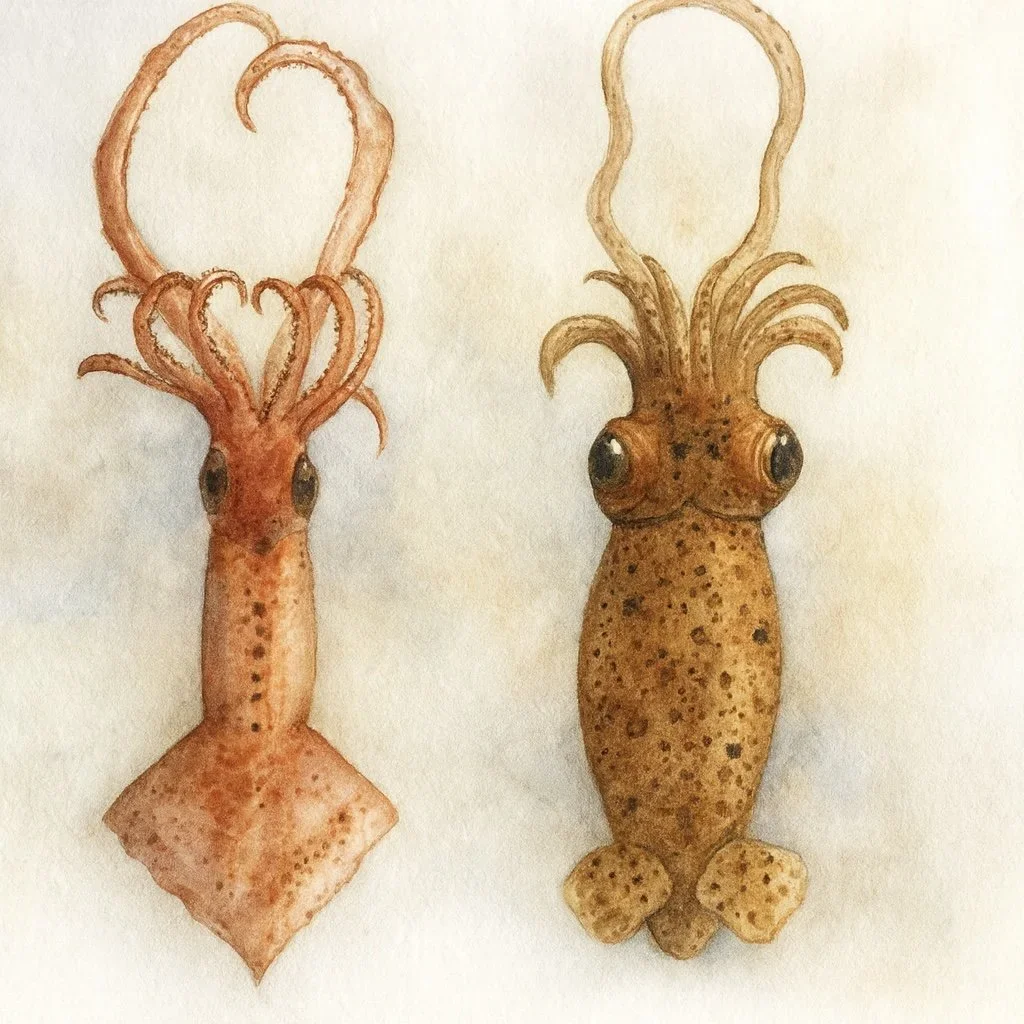
Ocean
The Ocean Main Lesson block is an opportunity to dive into the ocean and explore above and below. This block centers around the California coast primarily, but takes on a broader historical aspect as well. Smaller blocks on Whales, Turtles and more are included within the larger block.
-
Whales
Our Whales unit is another mini unit inspired by a larger unit: Ocean. However, sometimes it’s a book or project that inspires a unit as well. Some of the resources for this unit were ones I’d see other homeschoolers use and found them inspiring and thus a mini unit on Whales emerged.
-

Horses
On occasion, a child of mine will have a specific interest that warrants a specific unit study. The study of horses is one just unit study. My daughter become enthralled with horses and horseback riding, so I put together a unit to serve her interests as well as serve an older student with a variety of resources including historical for my older son.
-
Owls
A unit study can be as broad or as specific as you would like it to be. While doing our unit study, we departed to do a smaller owl unit study. In part I was inspired by resources I had seen other homeschoolers using and was excited to include that into our bird unit. Once we included those resources into our bird unit, I realize that we had created a mini Owl unit.
Middle School Science Main Lesson Blocks
-

Mineralogy & Geology
The Waldorf approach to mineralogy in Grade 6 is through a blend of scientific observation, artistic expression, and imaginative storytelling. Rather than beginning with abstract facts, students are guided to observe the forms, colors, and structures of minerals and rocks with deep attention to detail. The goal is to awaken wonder and a sense of connection to the natural world, allowing scientific understanding to arise from a lived experience.
-
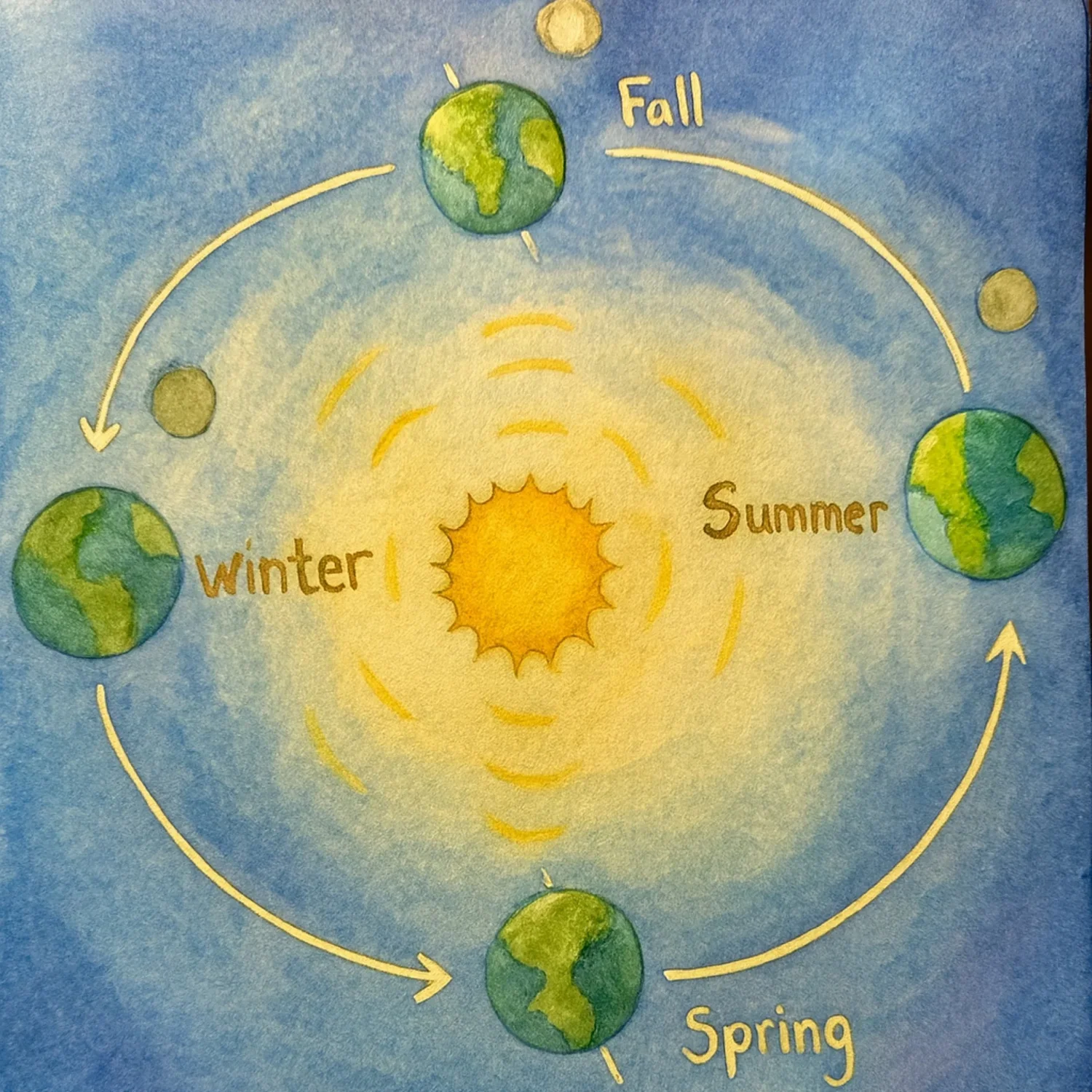
Astronomy
Grade 6 is science centered with multiple science blocks including Astronomy. Astronomy is taught through a poetic and experiential lens that nurtures awe and reverence for the cosmos. Lessons begin with careful observation of the night sky—tracking the movement of stars, planets, and the phases of the moon—before introducing scientific explanations. Mythology, cultural stories, and artistic renderings of constellations are woven into the curriculum to foster a personal and imaginative relationship with the heavens.
-

Physics
Physics is introduced gradually, beginning in Grade 6 and deepening through Grades 7 and 8, always grounded in direct, sensory experiences before abstract theory. In Grade 6, students explore acoustics, optics, heat, and magnetism through hands-on demonstrations. The focus is on careful observation and describing phenomena in precise, vivid language. In Grade 7, the curriculum introduces mechanics and electricity. Students examine simple machines, levers, and pulleys, observing how force, work, and motion interact. By Grade 8, physics becomes more analytical and quantitative. Topics such as hydraulics, aerodynamics, and electromagnetism are explored.
-
Chemistry
Chemistry is introduced in Grade 7 and further developed in Grade 8, always beginning with observation and experience before moving into theory. In Grade 7, students explore combustion, acids and bases, and the transformative nature of substances through dramatic, hands-on demonstrations. In Grade 8, chemistry becomes more structured and analytical. Topics such as the lime cycle, photosynthesis, and industrial processes like fermentation and metal refining are explored.
-
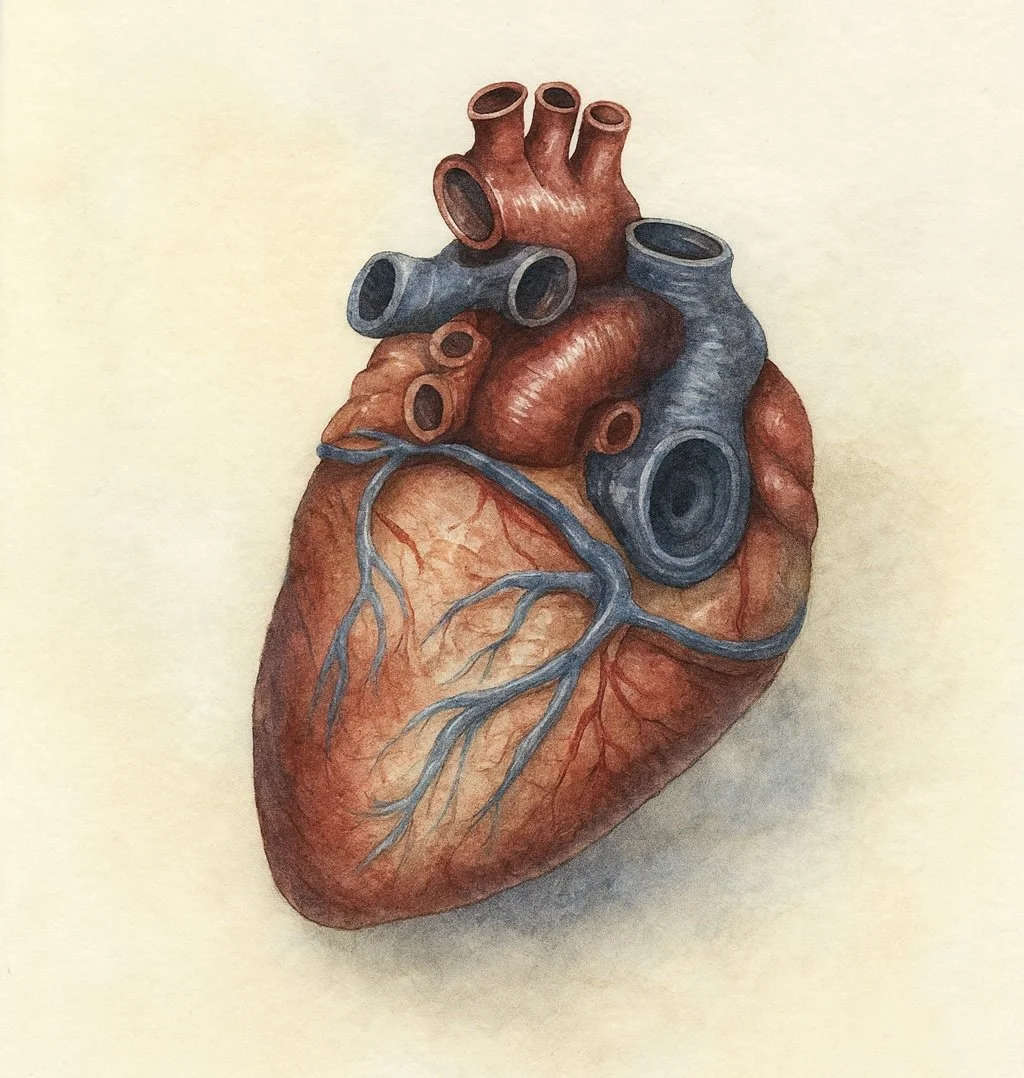
Anatomy
Anatomy is introduced in Grade 7 with a focus on the human being as a harmonious whole, rather than a collection of isolated parts. The approach is both reverent and artistic, emphasizing the wisdom and beauty of the human body. Lessons begin with major systems such as the digestive, circulatory, and respiratory systems, exploring how each one supports life and interacts with the others.

